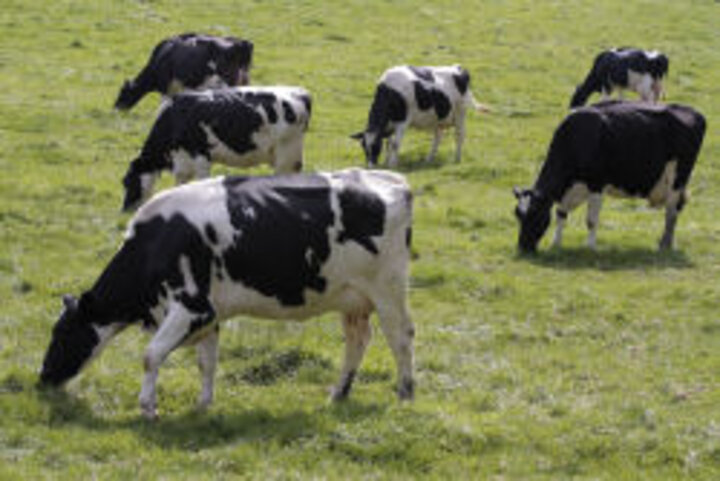Milk is a frequent cause of allergy worldwide and accounts for the highest occurrence of food allergy in infancy16. Reported prevalence in early childhood ranges between 2-6%, but is outgrown in up to 90% of cases by the age of 6 years and affects few adults17,18,19. While milk allergy is associated with an immune reaction against a specific protein, intolerance to milk may result from a (usually) genetically determined inability to metabolize the milk sugar lactose.
Allergy to milk proteins usually results in a combination of different symptoms often in the gastrointestinal tract, the skin and the airways within the first hour after consumption.
The most problematic milk allergens are the most abundant proteins in milk and include caseins and the whey proteins alpha-lactalbumin and beta-lactoglobulin20,21. These proteins are also present in milk from other mammalian species and attempts by milk allergic consumers to substitute cows' milk with that of other animals is often unsuccessful. Because of this, plant-based milk substitutes such as soymilk (although not recommended for infants < 6 months) or hypoallergenic milk preparations (e.g. partially and fully hydrolyzed milk powders) are often used especially for milk allergic infants22. However, the broad usage of cow's milk in a large range of different processed food (e.g. baking goods, instant soups, seasonings, chocolate, and margarine) represents a challenge to milk allergic consumer to avoid.
For more detailed information on these foods please follow the links:


